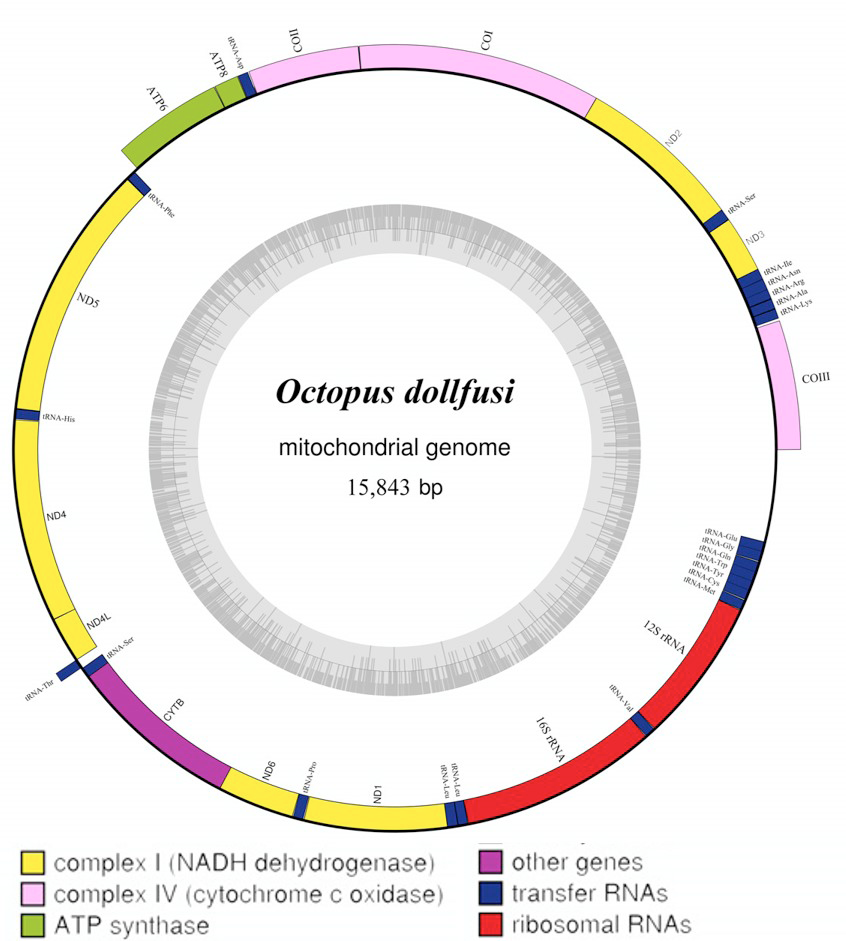

Thus, the hypervariable sequences in the non-coding displacement loop evolve much more rapidly than the coding regions. 8 9 For example, different regions of the mitochondrial genome evolve more rapidly than others. This phylogenetic approach is dependent upon several factors, including an accurate value for the benchmark time and a realistic model of sequence evolution that is used for phylogenetic tree construction, both of which are highly prone to uncertainty and inaccuracy. The most common approach is to construct a phylogenetic tree from a collection of mtDNA sequences, use the tree to estimate the average number of sequence changes/genome (branch length) that have occurred since the time of the last common maternal ancestor, and then to calculate the rate of evolution relative to some “benchmark”, such as the time of the human-chimpanzee divergence.

There have been numerous attempts to measure the rate of evolution of the human mitochondrial genome. This degree of polymorphism is useful in forensic medicine, 1 2 in the construction of mtDNA phylogenies, 3 and in the analysis of population migrations. This approach provides a viable alternative of potential utility for both clinical diagnostic and research applications to traditional Sanger and other emerging sequencing technologies for whole mitochondrial genome analysis.The accumulation of mitochondrial DNA point mutations and the mitochondrial genetic “clock”īecause mitochondrial DNA accumulates mutations much more rapidly than nuclear DNA, the mtDNA sequence of any one person from the world wide population differs from that in another person by an average total of 25 base pair substitutions (Andrews et al, unpublished observations). We successfully identified 4 known heteroplasmic mutations and 24 other potential heteroplasmic mutations across 20 samples that passed quality control.Īffymetrix MitoChip v2.0 analysis using our optimized MitoChip Filtering Protocol (MFP) bioinformatics pipeline now offers the high sensitivity and accuracy needed for reliable, high-throughput and cost-efficient whole mitochondrial genome sequencing. Comparison of calls for 15 samples characterized previously by Sanger sequencing revealed a total of 29 discordant calls, which translates to an estimated 0.012% for the base call error rate. All results were compared to those obtained by at least one other mitochondrial DNA sequence analysis method, including Sanger sequencing, denaturing HPLC-based heteroduplex analysis, and/or the Illumina Genome Analyzer II next generation sequencing platform.Īn average call rate of 99.75% was achieved across all samples with our custom pipeline. We used this custom pipeline to analyze MitoChip v2.0 data from 24 DNA samples representing a broad range of tissue types (18 whole blood, 3 skeletal muscle, 3 cell lines), mutations (a 5.8 kilobase pair deletion and 6 known heteroplasmic mutations), and haplogroup origins.
Mitochondrial dna sequence analysis software#
Here, we report the design and development of a custom bioinformatics software pipeline that achieves a much improved call rate and accuracy for the Affymetrix MitoChip v2.0 platform. However, the relatively low call rate achieved using existing software tools has limited the wide adoption of this platform for either clinical or research applications. Affymetrix MitoChip v2.0, which uses a sequencing-by-genotyping technology, allows potentially accurate and high-throughput sequencing of the entire human mitochondrial genome to be completed in a cost-effective fashion. Existing methodologies differ widely in throughput, complexity, cost efficiency, and sensitivity of heteroplasmy detection. Mitochondrial genome sequence analysis is critical to the diagnostic evaluation of mitochondrial disease.


 0 kommentar(er)
0 kommentar(er)
